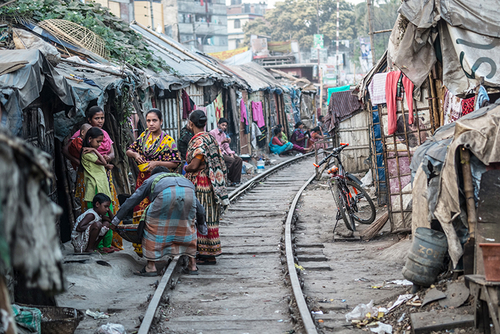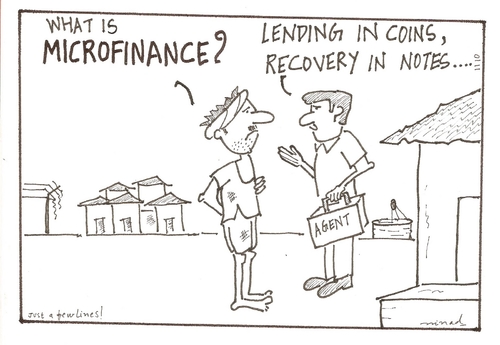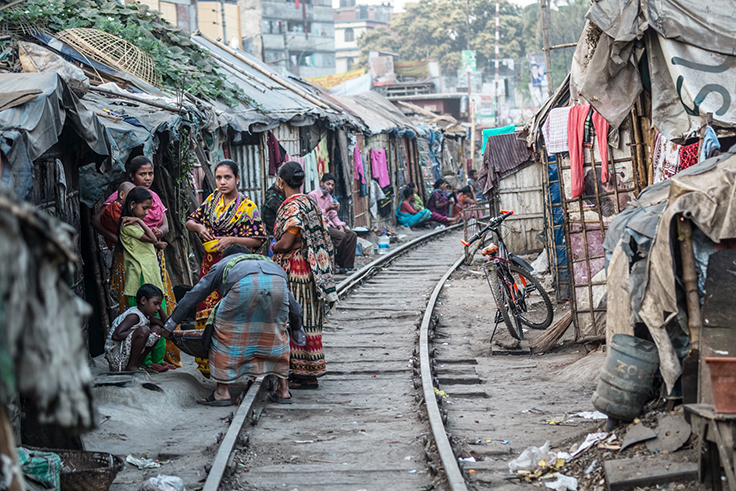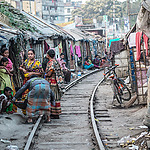Ranked by GDP, Bangladesh is the 3rd poorest country in Asia,

Want to participa

This responsibility is determined by social standards: People need decent working conditions, minimum wages, health and safety requirements and protection against exploitation. Enabling employees with these rights empowers them. The social standards should be set at a height where they are acceptable, but not so high as to exclude employers from entering (other) markets. Combining low-cost, frugal and responsible factors into a product requires some thought on the economy in which you’re an entrepreneur. Key to being sustainable and responsible is knowing where your profits go, and they should go to the development of local businesses.
Bangladesh is home of Grameen Bank, famous for its strategy in microcredits. Starting operations in 1976, the Grameen Bank started giving out small loans to local farmers, so they could buy cattle or farming supplies with which they could generate a profit and pay the loan back. There were no credit checks, because there was no infrastructure allowing it, and the loans were small. Microcredits became very popular: By 2011 almost 8.4 mln USD was lent, with an average recovery rate of 96%.

Microcredits today are used for a different goal: creating infrastructure. Described by Iqbal Qadir in his TED-talk (video in link below), he explains poverty persists because sending money to governments in poor countries doesn’t work: It doesn’t empower the people, but the authorities. And by creating a larger gap between people and government, problems such as corruption arise.
Mr. Qadir argues we should empower the citizens, buy using the cell phone as a weapon against poverty. Cell phones increase communication and connectivity, which improves infrastructure and productivity. But the cell phone became more than that, it became a production tool, increasing purchasing power of the people. Together with Grameen Bank and Telenor he founded the very successful Grameenphone, ‘the people’s phone’. In 2004, 7 yearsafter starting operations, Grameenphone had a revenue of 120 million USD.

The Grameenphone, founded by microcredits is a very good example of inclusive innovation. Banking and communication were made available to the poorest of people, empowering them socially and financially. Empowering the people in this manner might be a key-factor in reducing the gap between people and government, and taking steps in the right direction to end its ubiquitous poverty.
Let the Grameenphone be an example for large companies to abandon saturated rich markets and to explore poorer markets for their riches. Let them come up with creative, innovative ideas for responsible frugal innovations. Because in these emerging markets, desires for a higher living standard arise, and by answering those needs in a responsible way, we might be taking the first steps to reduce global poverty.


